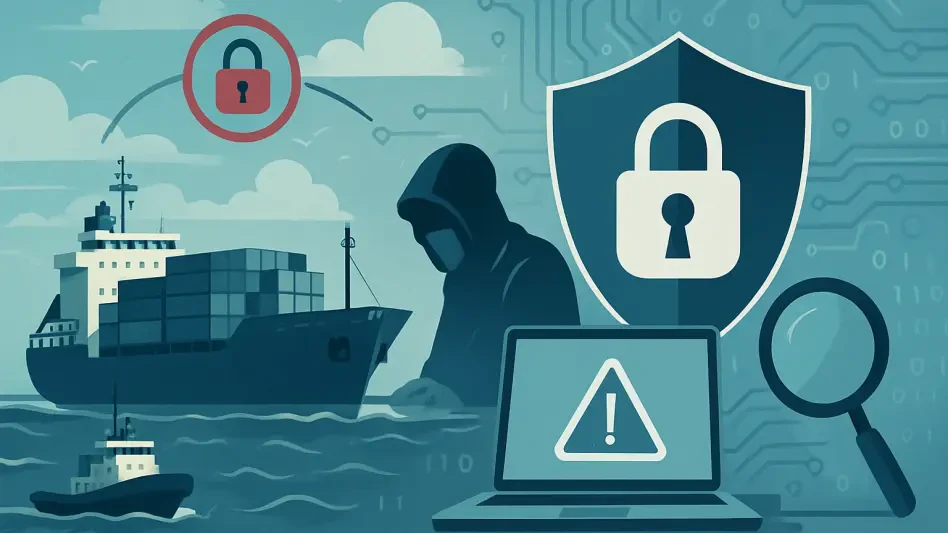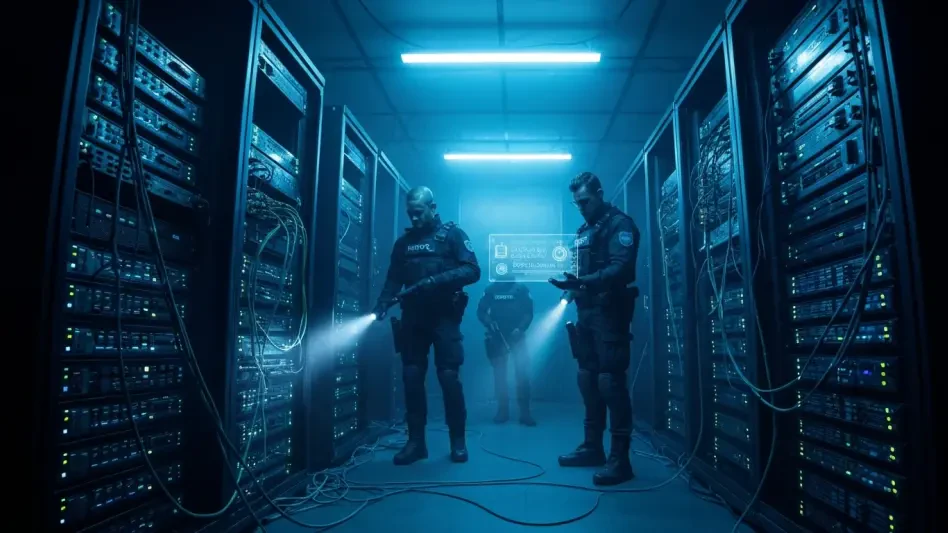Just as the maritime industry gears up for evolving cybersecurity regulations, digital threats are becoming more prevalent, risking maritime safety and global trade. As entities across the sector prepare for regulatory changes, it is now more crucial than ever; the question lingers: is this industry ready to navigate these new waters? With digital networks becoming increasingly integral to maritime operations, a cyber attack could dramatically disrupt not only individual businesses but the entire fabric of global trade.
Steering Through Regulatory Waters: Cybersecurity Takes Center Stage
As technology penetrates deeper into maritime operations, digital systems now play vital roles, from navigation to logistical management. Unfortunately, this reliance has exposed the industry to cyber incidents, including the infamous attack on A.P. Moller-Maersk, highlighting vulnerabilities. The U.S. Coast Guard and international bodies have prioritized cybersecurity for these reasons alone, responding with stringent regulations. This shift underscores global recognition of cybersecurity as a critical element of maritime safety.
Decoding Coast Guard’s Cybersecurity Regulations
The new regulations extend over both U.S.-flagged vessels and MTSA-regulated sites, requiring these entities to integrate cybersecurity measures into existing security documentation. Mandatory training will ensure personnel can uphold these standards. Cybersecurity Officers (CySOs) will play a pivotal role, tasked with overseeing compliance, though their position doesn’t necessitate specific certifications, allowing for flexibility in addressing cybersecurity across various maritime entities.
Expert Insights: Bridging the Cyber Readiness Gap
Experts in the field have varied opinions about the industry’s cybersecurity preparedness. Tom Kirkland, a maritime cybersecurity consultant, highlights the sector’s continuous efforts but notes inconsistencies in readiness levels. Drawing parallels with industries like aviation, where rapid adaptation to looming cybersecurity challenges proved successful, there’s an opportunity to learn and implement similar strategies. Case studies from these sectors reveal how proactive measures can bridge readiness gaps in impactful ways.
Preparing Strategies for Compliance and Beyond
Entities need a structured approach to meet impending cybersecurity requirements. Conducting regular assessments and drills while adopting a flexible cybersecurity framework is essential. Establishing comprehensive plans tailored to fluctuating operational risks and implementing them effectively ensures readiness by 2026. Continuously reassessing and updating these frameworks, aligned with emerging threats, will drive resilience in the face of evolving cyber landscapes.
Securing Maritime Futures
In the final analysis, the maritime sector is accommodating stringent cybersecurity measures set forth by the Coast Guard to ensure readiness for digital threats. Designating Cybersecurity Officers, aligning with structured regulations, and continuing regular drills are crucial. Efforts to align pathways for compliance within the existing security framework paved the way for an adaptable and comprehensive approach. It was a pivotal step toward enhancing the resilience of marine transportation infrastructure in the ever-evolving cybersecurity landscape.








